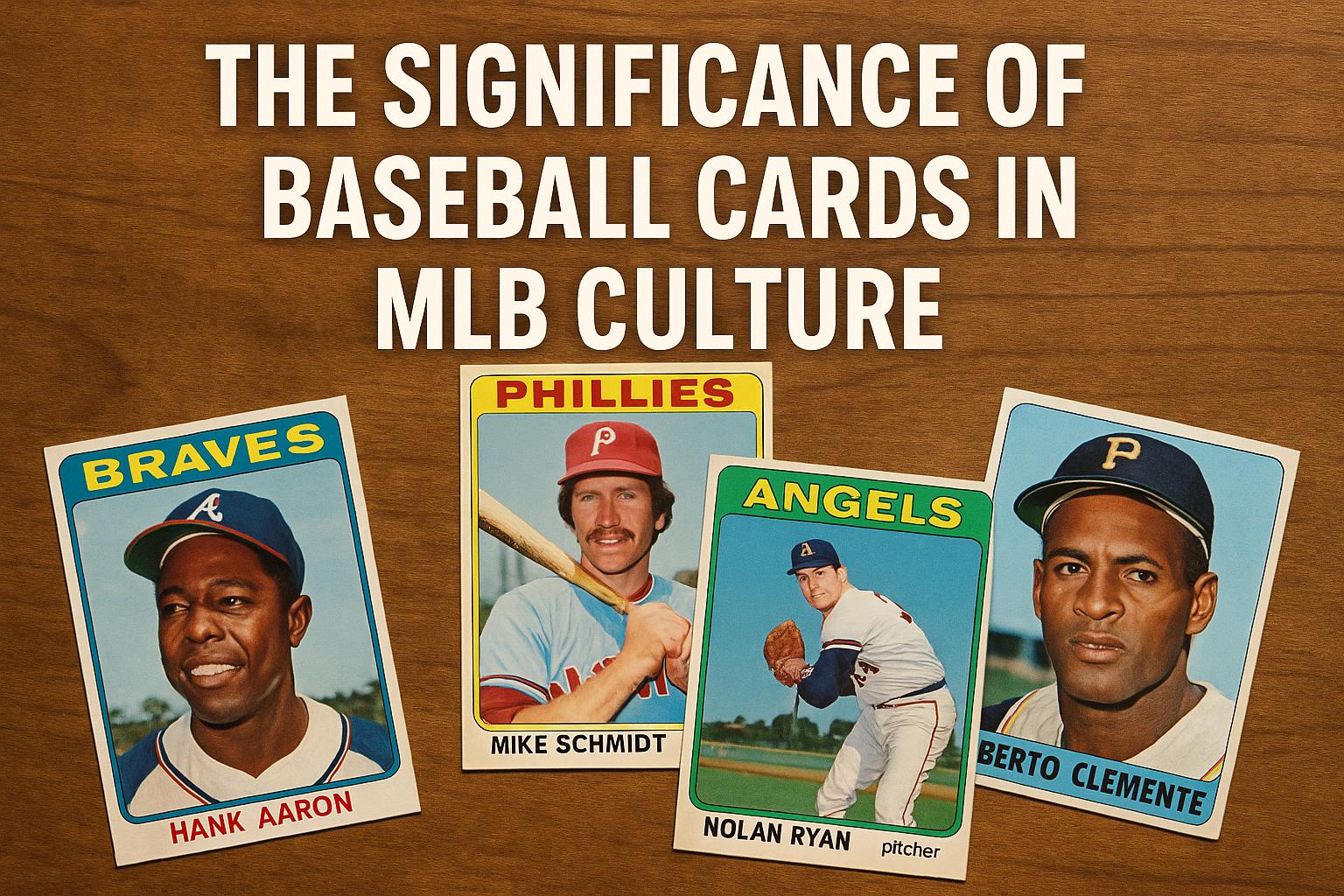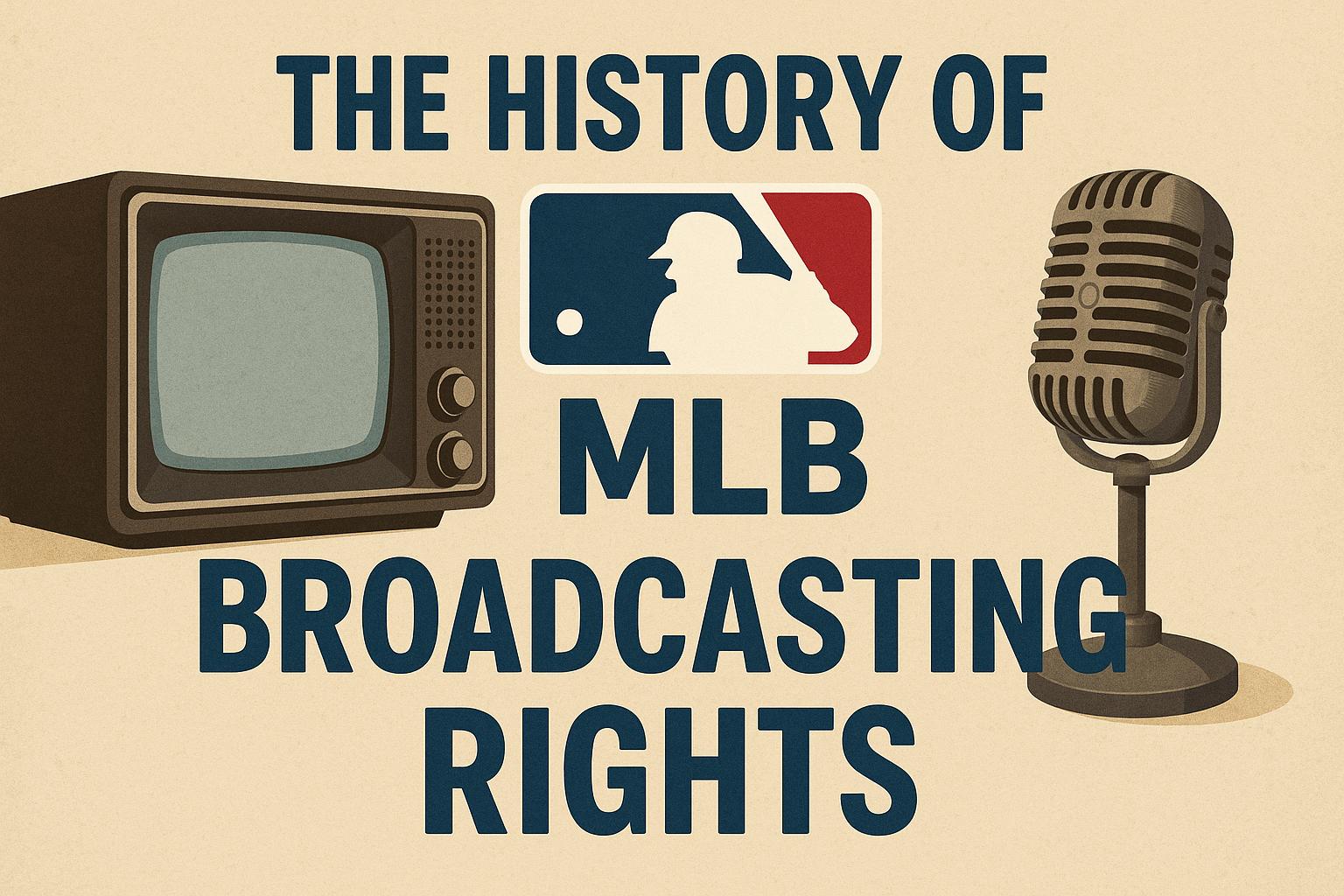The Role of Baseball Cards in MLB Culture
Baseball cards have long held a significant place in Major League Baseball (MLB) culture. Originally created as marketing tools, these cards have evolved over the decades into valuable collectibles cherished by fans and collectors alike. Understanding the historical and cultural relevance of baseball cards provides insight into their lasting impact.
Historical Background
The inception of baseball cards dates back to the late 19th century. Initially, they were used as promotional items by tobacco companies to increase product sales. Over time, companies such as Topps emerged, dedicating their efforts to producing baseball cards exclusively. These cards became ingrained in American culture, captivating the imagination of both young fans and adults.
Early Days of Baseball Cards
In the early days, baseball cards were simplistic in design and were primarily used as means to promote tobacco brands. It was common to find them in cigarette packs, serving a dual purpose of increasing sales and enhancing brand loyalty. As the popularity of baseball as a sport grew, so did the appeal of these cards. They not only represented individual players but also played a role in popularizing baseball across different demographics.
The Role of Topps and Beyond
The entry of Topps in the early 1950s marked a turning point in the history of baseball cards. Topps revolutionized the design and commercialization of these cards, making them a stand-alone product rather than just a promotional item. The company introduced innovative elements such as color photography, player statistics, and team logos. This shift not only elevated the cards’ aesthetic value but also incentivized collecting by providing fans with comprehensive player information.
Evolution of Design and Production
Over the years, the design and production of baseball cards have evolved significantly. Early designs were relatively simple, often featuring monochromatic images and minimal text. As technology advanced, card producers began incorporating full-color images and more elaborate designs. Today, baseball cards can feature complex designs, player statistics, and even embedded memorabilia, appealing to a wide array of collectors.
Technological Advancements
The introduction of digital printing and computer-aided design brought about a significant transformation in baseball card production. These technological advancements allowed for greater precision and creativity, enabling card producers to experiment with different styles, textures, and materials. The advent of holographic and 3D designs further added to the allure and distinctiveness of modern baseball cards.
Innovations in Card Features
A notable innovation in recent years is the inclusion of game-used memorabilia and autographs on baseball cards. Fans can now own a piece of the game, be it a bat from a memorable home run or a jersey worn during a World Series match. These features have added a new layer of authenticity and exclusivity, driving up the demand and value of specific cards.
Cultural Impact
Baseball cards have become cultural artifacts, capturing moments in time and commemorating iconic players and historical events. Each card tells a story, serving as a tangible connection to the sport’s rich history. They offer fans a unique way to engage with the sport, providing both entertainment and education about players, teams, and the evolution of the game.
Reflection of Society
Baseball cards not only highlight key figures and events within the sport but also reflect societal changes and cultural trends. From the integration of baseball and the breaking of color barriers to the rise of international players, these cards chronicle pivotal moments in both sports and American history. They serve as a mirror to the past, offering insights into how the sport has evolved alongside cultural shifts.
Educational Value
For many, baseball cards are more than just collectibles; they are educational tools. Young fans often use them to learn about the history of the sport, the evolution of gameplay, and the achievements of legendary players. These cards foster a deeper appreciation and understanding of baseball, making it more than just a game to its proponents.
Collector’s Market
The collector’s market for baseball cards has seen significant growth, with certain cards fetching substantial sums at auctions. Rare cards, particularly those featuring legendary players or limited print runs, are highly sought after. The value of these cards is influenced by factors such as condition, rarity, and historical significance. For more information on the growing market for baseball collectibles, visit this site.
Rise of Online Platforms
In recent years, the advent of online platforms has revolutionized the way collectors buy, sell, and trade baseball cards. Websites and social media groups have created global communities where enthusiasts can connect, exchange tips, and participate in virtual auctions. This digital shift has democratized access to rare cards, providing opportunities for collectors worldwide to expand their collections.
Influence on Modern Collecting
The influence of baseball cards extends beyond the sport, impacting the broader hobby of collecting trading cards. They have paved the way for the popularity of cards in other sports and entertainment franchises, contributing to a vibrant and diverse community of enthusiasts. Modern collecting often involves online trading and virtual card collections, extending the hobby’s reach to a global audience.
Baseball Cards in Contemporary Culture
Today, baseball cards are woven into the fabric of contemporary collecting culture. They have inspired similar trends in the realms of basketball, football, and even non-sporting themes like movies and comics. The phenomenon of card collecting is now a multi-generational pastime, with families bonding over shared collections and trading adventures.
Conclusion
In conclusion, baseball cards hold a vital place in MLB culture, bridging the past with the present and serving as cherished collectibles for fans and enthusiasts. They embody the nostalgia and passion associated with baseball, ensuring that the sport’s legacy is preserved for future generations. As both historical documents and treasured mementos, baseball cards continue to captivate and inspire the imagination of millions worldwide. Their enduring appeal is a testament to their unique role in capturing the essence of baseball and its enduring impact on society.




